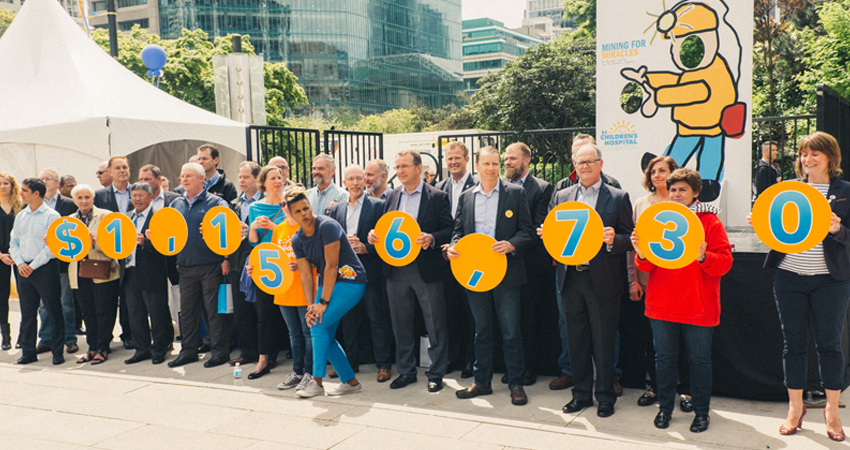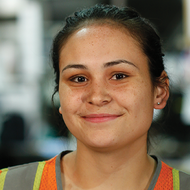Mining for Miracles, the B.C. mining industry charity of choice in support of BC Children’s Hospital, has launched its annual campaign to support sick and injured children across our province.
Between 2017 and 2018, Mining for Miracles aims to raise $2.9 million through the BC Children’s Hospital Foundation (BCCHF) to support the development of the TRAnsplantation & CEll Therapy Program (TRACE), the first of its kind in Canada.
TRACE will work towards providing children across British Columbia with personalized medicine using the patient’s own cells to monitor how well a patient who has had a transplant is doing and to prevent rejection of organ transplants, kill cancer cells and fight infection.
One of the many children who would benefit from TRACE is Nathan Dillabough, who was diagnosed with a rare disease called Prune Belly Syndrome before he was born. At just two years old, he received a kidney transplant. With TRACE, doctors would be able to monitor for signs of rejection with a simple urine test, rather than an invasive process that involves multiple biopsies, deep sedation and a hospital stay.
For more on the innovative program, BCCHF spoke with TRACE’s Program Lead, Dr. Megan Levings.
BCCHF: How would you describe TRACE?
Dr. Levings: TRACE is an initiative designed to expand our capacity to do cell therapy and transplantation research on the BC Children’s Hospital campus.
BCCHF: How does the program work?
Dr. Levings: It consists of two major components. One is focused around trying to develop better biomarkers—a measurable indicator of a disease or condition—for judging the outcome of transplant patients. This work will primarily be conducted at the research institute and will test the biomarkers we think are going to be able to tell us more about how transplant patients are doing. Ultimately we will apply this research to the clinical setting. The second part of TRACE, which will take place in the hospital, is about creating the infrastructure, skills and resources we need to treat children with cells as an alternative to drugs.
BCCHF: What is the biggest benefit of the program?
Dr. Levings: For patients, it’s all about bringing the latest cutting-edge technology to B.C. and making it more accessible to everyone. The new infrastructure and skilled personnel will also allow us to take new research directions and be leaders in this field.
BCCHF: What is the ultimate vision for TRACE?
Dr. Levings: Ultimately, for both parts—biomarkers and cell therapy—we want to be able to have the therapies and tools in place in the hospital. We want it to move out of the research space and into the reality of clinical care. This is why we are so grateful for Mining for Miracle’s fundraising efforts, enthusiasm and long-term dedication to making projects like this possible.
Mining for Miracles
Teck is a founding member of Mining for Miracles and a long-time supporter of the campaign.
Thanks to generous donations, our employees have helped Mining for Miracles raise more than $26 million since 1988.
For more information, or if you wish to donate to the campaign, visit: www.miningformiracles.ca



